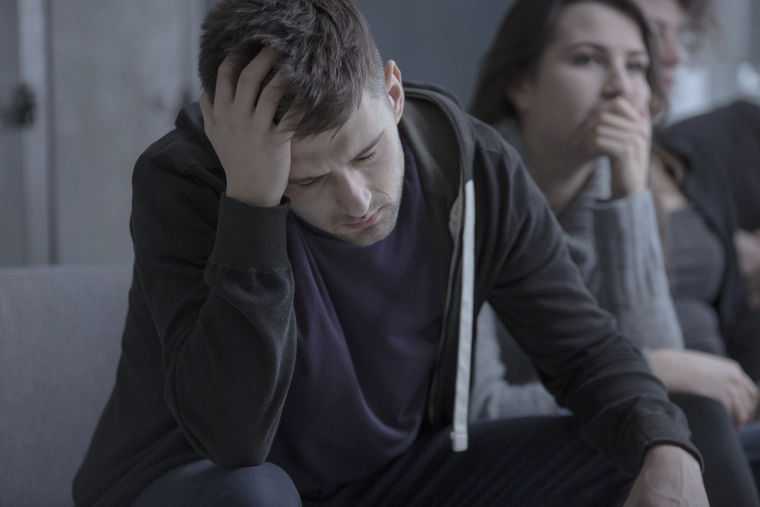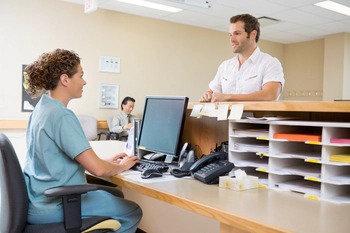The Addiction Treatment Gap Continues to Widen
This article highlights the worsening addiction treatment gap. A priority for ending the addiction epidemic must be ensuring those who are addicted receive treatment at qualified residential facilities.

The key to overcoming the addiction epidemic that has ravaged America since the turn of the century will be ensuring that those addicted to drugs and alcohol can access quality treatment. Unfortunately, while the gap between those who need basic medical services and those who receive such services is usually relatively small, the gap between those who need addiction-related treatment services and those who receive such services is extremely wide.
And that’s just one aspect of concern. Rather than gradually closing as public health programs are implemented to address the addiction epidemic, the treatment gap is actually widening, meaning fewer and fewer addicts are able to access the help they so desperately need.
What the Findings Show
Despite the ongoing escalation of the opioid addiction epidemic across America, public health efforts have thus far been ineffective in closing the gap between those who need addiction treatment and those who receive treatment. Research in the 2010s found that about 10% of addicts were receiving treatment for drug and alcohol addiction. Research today shows that just 7% of addicts get the help they need.1
To arrive at the more recent finding, a group of researchers at Northwestern University Feinberg School of Medicine in Chicago analyzed addiction treatment admission data and population-reported rates of substance abuse for nine states. The findings were concerning. Some states reported rates of addiction treatment as high as 14.6%, which is still a low figure. Other states included in the study only reported 0.3% of those who suffer from addiction getting help at drug rehab centers. The data showed not just an overall low rate of addicts who need treatment having access to treatment, but also wildly different rates of access from one state to the next.
When data for the nine states were consolidated, the average rate of treatment center admissions for the addicted population was 7%, exactly three percentage points lower than the 10% treatment rate reported in the landmark 2015 Surgeon General’s report on America’s addiction epidemic. The states examined in the study were Delaware, Kentucky, Maryland, Michigan, North Carolina, Ohio, Pennsylvania, Virginia, and West Virginia.2

What is Meant by “Access to Treatment”?
Having “access to treatment” means being able to pay for, find, enter, and successfully complete a round of treatment services that are evidence-based, recommended, accredited, and certified by the state. Residential drug addiction treatment centers that provide a safe environment to come down from drugs and which have resources for managing life without drugs are considered quality treatment.
“Residential treatment – as long as it is evidence-based – is one of the best treatments for those with severe substance use.”
When only 7% of addicts have access to treatment, the help provided by residential treatment centers must be made available to the 93% of addicts who are not typically able to access it. Study author Lindsay Allen, a health economist and assistant professor of emergency medicine at Northwestern University Feinberg School of Medicine, spoke to this point: “Residential treatment – as long as it is evidence-based – is one of the best treatments for those with severe substance use,” she said. “It helps move people into meaningful long-term recovery, which saves lives and reduces the need for costly health care in the long term.” Overcoming the addiction epidemic that has plagued the nation for almost a quarter of a century will require closing the treatment gap and ensuring all who need treatment can access it.3
Public Health Experts Agree, Providing Access to Treatment is a Crucial First Step in Overcoming America’s Addiction Epidemic
It is a stark warning sign that the rate of treatment for those addicted is declining, not increasing. In 2015, then-Surgeon General Vivek Murthy spoke about the importance of addicts receiving qualified treatment. “Alcohol and drug misuse and related disorders are major public health challenges that are taking an enormous toll on individuals, families, and society,” he said. “Many know someone who has lost or nearly lost a family member as a consequence of substance misuse. Yet, at the same time, few other medical conditions are surrounded by as much shame and misunderstanding as substance use disorders. Despite the social and economic costs, this is a time of great opportunity. Ongoing health care and criminal justice reform efforts, as well as advances in clinical, research, and information technologies, are creating new opportunities for increased access to effective prevention and treatment services.” To the Surgeon General’s point, the opportunities for effective treatment of addicts are known, understood, tested, and reliable; they simply must be implemented on a mass, nationwide scale.
Those who struggle with addiction cannot be left behind and forgotten about as society advances. The personal and civil costs are too great. Individuals, families, neighborhoods, communities, and cities suffer from rising drug overdoses, drug-related crime, and rising economic challenges related to drug addiction among the nation’s workforce. Just in economic cost alone, it is estimated that the yearly economic impact of addiction is $249 billion for alcohol addiction and $193 billion for drug addiction.
If you know someone addicted to drugs and alcohol, please do not give up on them. Help them find and enter a qualified addiction treatment center immediately. Please don’t let them become just another statistic.
Sources:
-
SG. “Surgeon General’s Report on Alcohol, Drugs, and Health: Executive Summary.” Surgeon General, 2015. addiction.surgeongeneral.gov ↩︎
-
JSAT. “Use of residential opioid use disorder treatment among Medicaid enrollees in nine states.” Journal of Substance Use and Addiction Treatment, 2023. jsatjournal.com ↩︎
-
NW. “Millions with opioid addiction don’t receive residential treatment.” Northwestern University, 2023. news.northwestern.edu ↩︎







 ®
®